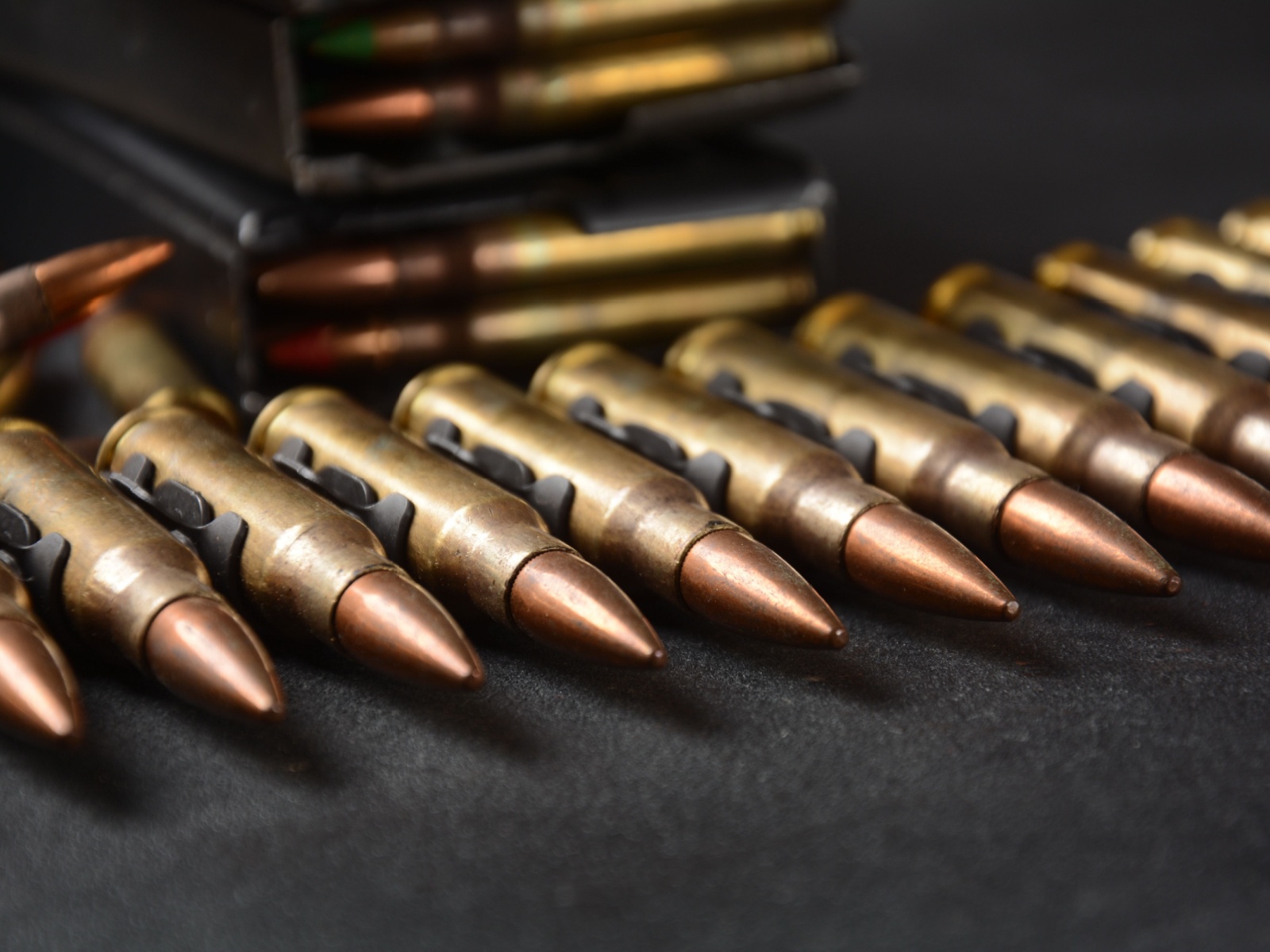MIL-STD-1451 Ordnance Reliability Test Protocol
The MIL-STD-1451 ordnance reliability test protocol is a critical standard that ensures the safety, performance, and reliability of military-grade ammunition. This protocol focuses on testing various components and assemblies to ensure they meet stringent requirements under simulated combat conditions. The primary objective is to identify potential weaknesses in design or manufacturing processes before deployment.
The MIL-STD-1451 test protocol involves a series of environmental stress tests designed to replicate the harsh conditions encountered during actual use. These tests include temperature cycling, humidity exposure, salt fog testing, and vibration simulations. The purpose is to evaluate how well materials hold up under extreme environmental conditions that could lead to failure.
Testing components according to MIL-STD-1451 ensures compliance with international standards such as ISO 9001 for quality management systems and AS9100D for aerospace organizations. It also aligns with other military specifications like MIL-STD-810, which covers environmental testing methods.
The protocol is applicable to a wide range of ordnance items including cartridges, fuses, igniters, primers, and cartridge cases. Each item undergoes specific tests tailored to its function within the weapon system. For instance, cartridges are tested for their ability to withstand high temperatures during storage and transportation before being fired in combat.
The testing process begins with careful preparation of specimens that closely mimic real-world conditions. This includes selecting appropriate materials based on expected environmental exposure and ensuring that all parts fit together correctly before testing. Once prepared, the samples undergo various stages of stress until failure occurs or meets predetermined acceptance criteria.
Instrumentation plays a crucial role in monitoring test parameters throughout each phase of evaluation. Automated systems measure temperature changes, humidity levels, vibration frequencies, and other key factors that influence performance during simulation runs. Real-time data collection allows for immediate adjustments to testing protocols if necessary.
After completing all prescribed tests, engineers analyze results using statistical methods to determine whether the tested items meet specified standards of reliability. If any deficiencies are found, corrective actions must be implemented before further validation can proceed.
In summary, adhering to MIL-STD-1451 guarantees that military-grade ammunition is safe and effective for use in combat situations. By following this rigorous testing procedure, manufacturers can ensure their products meet the highest levels of quality control required by defense agencies worldwide.
Frequently Asked Questions
Industry Applications
- Military ammunition manufacturers
- Weapon system integrators
- Aerospace and defense contractors
- Government agencies responsible for procurement and supply chain management
The MIL-STD-1451 protocol is particularly relevant to companies involved in the design, manufacturing, and testing of military-grade ammunition. It helps ensure that products meet strict reliability requirements before being deployed on active duty.
Environmental and Sustainability Contributions
- Reduces waste by ensuring only reliable parts proceed to final assembly
- Promotes recycling through proper disposal of failed samples
- Enhances overall efficiency in the manufacturing process
- Supports sustainable practices by minimizing resource usage during development stages
The rigorous testing procedures outlined in MIL-STD-1451 contribute positively to environmental sustainability efforts. By reducing waste and promoting efficient processes, this protocol supports long-term goals related to resource conservation.
Industry Applications
- Military ammunition manufacturers
- Weapon system integrators
- Aerospace and defense contractors
- Government agencies responsible for procurement and supply chain management
The MIL-STD-1451 protocol is particularly relevant to companies involved in the design, manufacturing, and testing of military-grade ammunition. It helps ensure that products meet strict reliability requirements before being deployed on active duty.
Environmental and Sustainability Contributions
- Reduces waste by ensuring only reliable parts proceed to final assembly
- Promotes recycling through proper disposal of failed samples
- Enhances overall efficiency in the manufacturing process
- Supports sustainable practices by minimizing resource usage during development stages
The rigorous testing procedures outlined in MIL-STD-1451 contribute positively to environmental sustainability efforts. By reducing waste and promoting efficient processes, this protocol supports long-term goals related to resource conservation.
Industry Applications
- Military ammunition manufacturers
- Weapon system integrators
- Aerospace and defense contractors
- Government agencies responsible for procurement and supply chain management
The MIL-STD-1451 protocol is particularly relevant to companies involved in the design, manufacturing, and testing of military-grade ammunition. It helps ensure that products meet strict reliability requirements before being deployed on active duty.
Environmental and Sustainability Contributions
- Reduces waste by ensuring only reliable parts proceed to final assembly
- Promotes recycling through proper disposal of failed samples
- Enhances overall efficiency in the manufacturing process
- Supports sustainable practices by minimizing resource usage during development stages
The rigorous testing procedures outlined in MIL-STD-1451 contribute positively to environmental sustainability efforts. By reducing waste and promoting efficient processes, this protocol supports long-term goals related to resource conservation.
- Military ammunition manufacturers
- Weapon system integrators
- Aerospace and defense contractors
- Government agencies responsible for procurement and supply chain management
The MIL-STD-1451 protocol is particularly relevant to companies involved in the design, manufacturing, and testing of military-grade ammunition. It helps ensure that products meet strict reliability requirements before being deployed on active duty.
- Reduces waste by ensuring only reliable parts proceed to final assembly
- Promotes recycling through proper disposal of failed samples
- Enhances overall efficiency in the manufacturing process
- Supports sustainable practices by minimizing resource usage during development stages
The rigorous testing procedures outlined in MIL-STD-1451 contribute positively to environmental sustainability efforts. By reducing waste and promoting efficient processes, this protocol supports long-term goals related to resource conservation.





